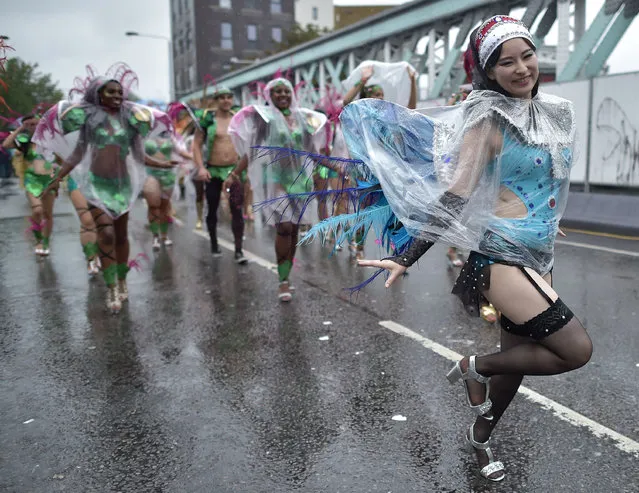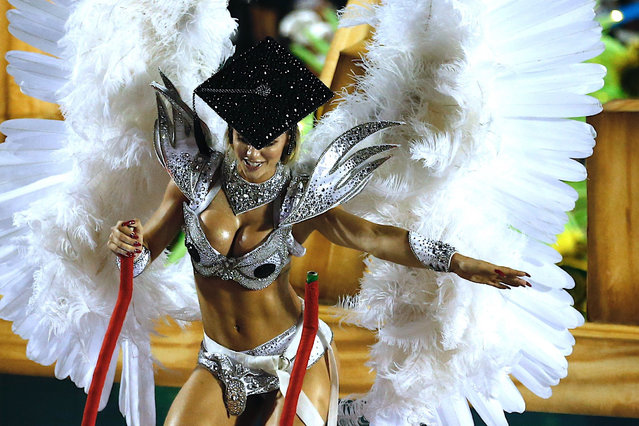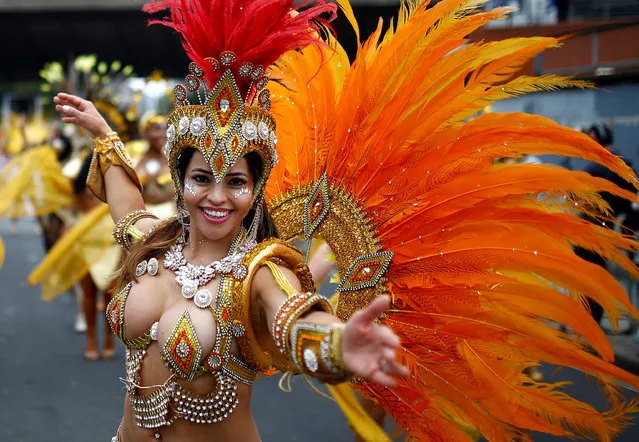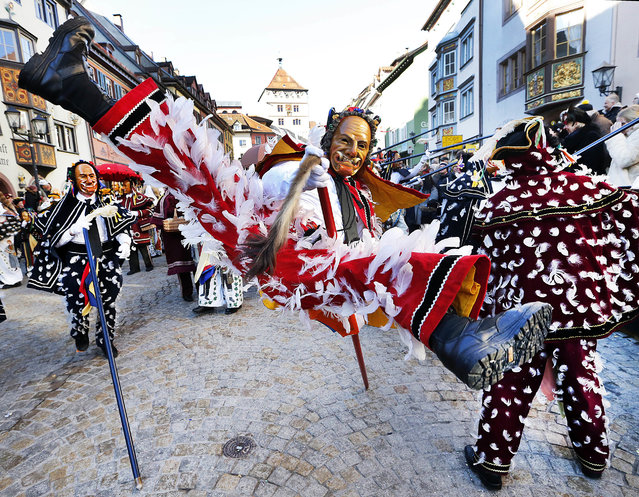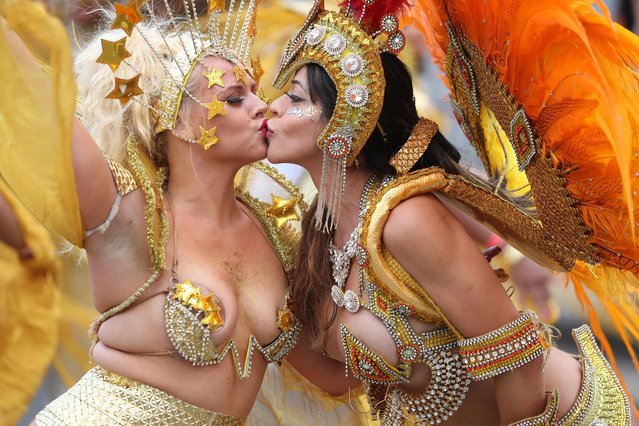
Performers in costume kiss as they take part in the carnival on the main Parade day of the Notting Hill Carnival in west London on August 27, 2018. Nearly one million people are expected by the organizers Sunday and Monday in the streets of west London' s Notting Hill to celebrate Caribbean culture at a carnival considered the largest street demonstration in Europe. (Photo by Daniel Leal-Olivas/AFP Photo)
29 Aug 2018 00:01:00,post received
0 comments


